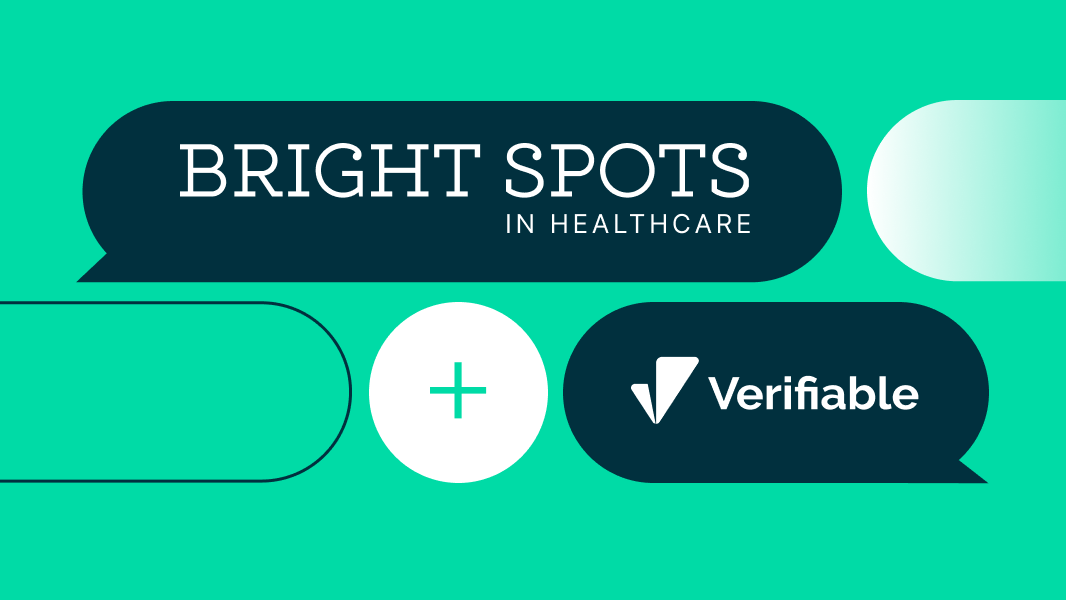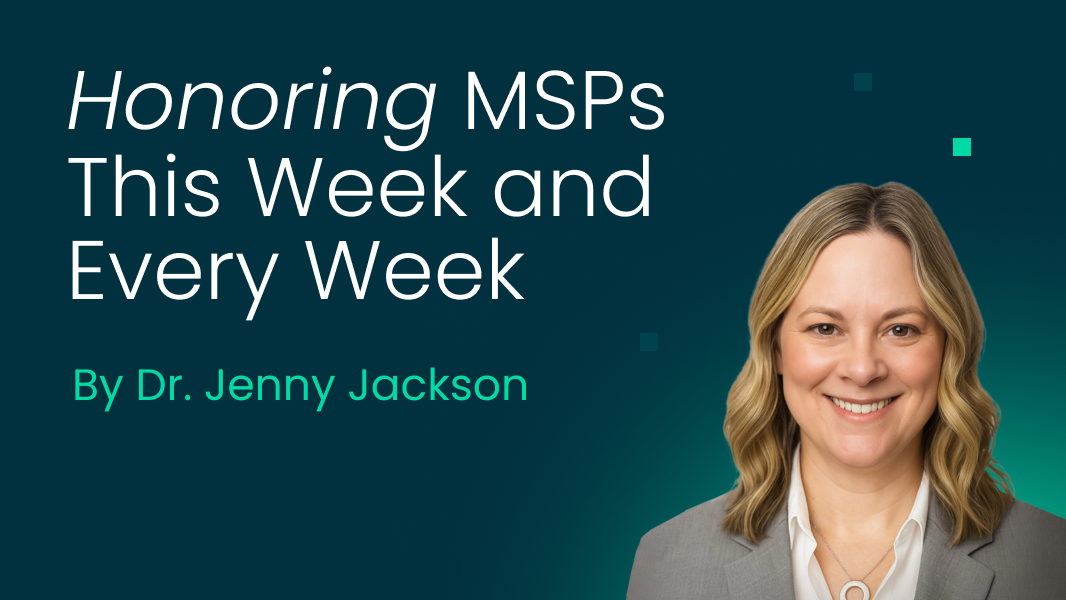Ah, Credentialing. Not always the most fun or exciting topic - actually quite the opposite, it’s typically a painful bottleneck that we all secretly curse underneath our collective breath. Unfortunately, this doesn’t make the process any less critical, as a scalable, consistent credentialing process is at the heart of recruiting/retaining top talent, maintaining compliance, and maximizing reimbursements.
Broadly speaking - credentialing refers to the process by which healthcare delivery organizations examine, review, and verify enlisted medical professionals to ensure they have legitimacy to provide care across settings. Credentialing is often used as an umbrella term, but there are three distinct processes involved in ensuring enlisted professionals can provide care:
- Credentialing. Verifications of a provider’s license, education, training and other qualifications.
- Privileging. Process through which facilities give provider permission to perform specific procedures and services based on a provider’s training and experience.
- Enrollment. Process of enrolling a provider with health plans (payers) for payment.
Credentialing Review Organizations
There are three primary credentialing review organizations:
- National Committee for Quality Assurance (NCQA). The majority of payers and provider organizations follow NCQA guidelines for credentialing.
- Joint Commission on Accreditation of Healthcare Organizations (JCAHO). Leveraged most often by hospitals and facilities like ambulatory surgery centers.
- Utilization Review Accreditation (URAC). Similar to NCQA, but operations are much smaller in comparison.
Why Credentialing is So Critical
Medical credentialing is both a critical function and responsibility of healthcare delivery organizations. The importance of medical credentialing manifests in several ways that work in service of delivering safe, reliable, high-quality healthcare to the community:
- Patient Safety. The credentialing process ensures enlisted health providers have the requisite training to treat patients, which in turn helps to protect patients against the potential for preventable treatment errors. It also helps ensure a standard of quality and trust that patients can expect from your provider network.
- Reduced Risk + Liability. Healthcare organizations failing to properly credential affiliated medical professionals may open themselves up to malpractice suits or other forms of liability stemming from incorrectly administered healthcare.
- Faster Payer Enrollment. Efficient payer enrollment is critical for ensuring medical providers are entered into insurance plans, networks, Medicare, and Medicaid so the provider and facility can be paid for services rendered to patients by that provider. For many new virtual care organizations & online therapy providers, moving through this step effectively is imperative to accelerate reimbursements and overall revenue.
Verifiable’s API-first credentialing platform can automate primary source verifications in seconds to streamline provider credentialing and simplify network management. Verifiable connects to hundreds of primary sources to perform real-time monitoring and deliver nearly instantaneous results that can be integrated into any operational system or workflow - saving time, reducing costs and improving compliance.Telehealth companies and medical groups integrating virtual services into their offerings need to invest in strategies and solutions to keep up in this dynamic market. API solutions help drive down costs, support revenue growth and accelerate the provider enrollment process.
As part of the credentialing process, many healthcare organizations have a “checklist” of all the provider data that include verifying the provider’s State Licenses - which are very important to check and monitor on an ongoing basis. But a thorough credentialing process also typically includes other key data sources as well.
Drug Enforcement Agency (DEA) Registration and Controlled Dangerous Substance (CDS) Certification
Ensuring a health provider is properly registered to manage such medications is an important part of the fight against prescription drug abuse. Health practitioners must have a DEA registration to prescribe controlled dangerous substances - including powerful opioids and other potentially addictive or otherwise high-abuse-potential medications.
The DEA registration specifics checked through the credentialing process include:
- DEA Number. A DEA registration number always has the same format - 2 letters followed by 7 digits.
- State-level Requirements. Some states have additional requirements, including state-level Controlled Dangerous Substance certifications that are needed in addition to a DEA registration to prescribe controlled substances.
- State-by-State Credentials. DEA license numbers are issued at the Federal level, but practitioners are required to have a separate license number for each state in which they are prescribing controlled substances.
Note not all practitioner types are eligible to hold a DEA registration for such prescription authority. Check out Verifiable’s rundown of frequently asked questions regarding DEA registration and DEA numbers.
Board Certification + Specialty Information
Verifying board certification and special information is a crucial part of ensuring a practitioner has the requisite expertise and experience in a particular area of medicine and care.
Of note: the National Committee for Quality Assurance (NCQA) standards do not require practitioners to be board certified. Some states, including Texas, actually prohibit hiring discrimination based on board certification status, partially in reaction to growing maintenance of certification (MOC) requirements from boards.
Education
Healthcare organizations are responsible for ensuring the practitioners they employ have obtained the sufficient levels of education needed to provide high quality, safe care for patients. Depending on the practitioner, verifications need to verify the details of the following levels of education:
- Board certification
- Residency
- Successful completion of medical school or other applicable professional school
There are several accepted sources for verifying educational background in the healthcare delivery setting:
- Sealed school transcripts
- Verification of valid state license can be leveraged for education verification so long as that state licensing agency performs primary source verifications in order to issue a license to a practitioner.
- This requires obtained written confirmation of an annual primary source verification requirement by that state licensing agency - National Student Clearinghouse (NSC) may be used for verification of education if the school has a relationship with NSC to conduct verification on the school’s behalf.
Sanctions & Exclusions
High level, sanctions and exclusions refer to administrative actions levied against either an individual provider or entity due to lapses in legal, ethical, and professional standards. The consequences of a sanction on an individual or entity can vary, but the most severe result of a sanction is an exclusion. An exclusion means that the named individual or entity is prohibited from administering federally-backed healthcare services.
Potential sources of sanction and exclusions information that must be checked through the credentialing process include:
- Office of the Inspector General (OIG)
- List of Excluded Individuals and Entities
- System of Award Management (SAM)
- State Medicaid Sanctions
- State Medical Board Sanctions (verified through license)
Verifiable took a deeper dive into the sanctions and exclusions concept and process here.
National Practitioner Data Bank Report
The National Practitioner Data Bank (NPDB) collects and makes available relevant information regarding health care professionals. The purpose of a NPBD report is to notify state licensing authorities and select health care entities (such as hospitals) about professional conduct or competence issues of healthcare providers who may be moving state to state to avoid detection.
Items that could be included in a report include:
- Malpractice verdicts and settlement payments
- Licensure actions and sanctions taken by state board that censure, reprimand or otherwise place restrictions on a provider’s license
- Professional review actions taken by certain health care entities that adversely affect clinical privileges for more than 30 days
- Adverse actions taken by professional societies resulting from a peer review activity related to a member’s professional competence or conduct.
How’s Verifiable Different?
Healthcare is changing. Rapidly. However traditional credentialing solutions have failed to keep up with the needs of fast-growing healthcare organizations, especially as they move towards greater digitization and virtual care models. This is where Verifiable comes in. Verifiable was recently listed by Andreessen Horowitz as "The New Tech Stack for Virtual First Care" for its ability to automate, integrate and deliver the real-time data organizations need as they look to scale their provider network operations.
So how’s Verifiable actually different from traditional credentialing solutions? In a few big ways:
- Real-time & On-demand results directly from primary sources: Real-time results means that verifications return results nearly instantaneously for many sources. On-demand refers to the ability to go in at any time (not just a monthly batch) and run a look-up, whenever your business needs. This is all possible because Verifiable has built technology directly to the various primary sources healthcare companies need most.
- Ability to Integrate / API-first Approach - Verifiable’s robust APIs allow for verifications to be run directly from the systems your operations teams use most. Additionally, it can return validated, structured provider data that can be utilized for reporting and automated workflows
- Automation & AI-logic- Verifiable’s data & APIs can help you streamline and automate manual processes and trigger required workflows to help your operations teams scale. Verifiable also applies smart-matching, taxonomy mappings and other rules logic to ensure that the results are the most accurate results possible.
Next Steps
Credentialing and enrollment can be complex, time-consuming, and risk-laden processes that have the potential to be even more challenging for fast-growing healthcare organizations.
Steps that organizations can take are to utilize a robust data provider data solution that connect directly with necessary primary sources - ensuring that results are both fast and accurate. Working with an API-first solution, like Verifiable, allow you to integrate directly into existing systems and workflows minimizing delays and duplicate data entry, while also enabling automation and additional workflow optimization. Lastly, many newer virtual care and digital health organizations often look to work with an experienced partner like Verifiable to more directly manage the end-to-end credentialing and enrollment processes to speed up turnarounds and achieve a faster path to reimbursement revenue.
If you have questions or are looking for help in any of these critical areas - be sure to get in touch and we’ll be glad to help!

.svg)




